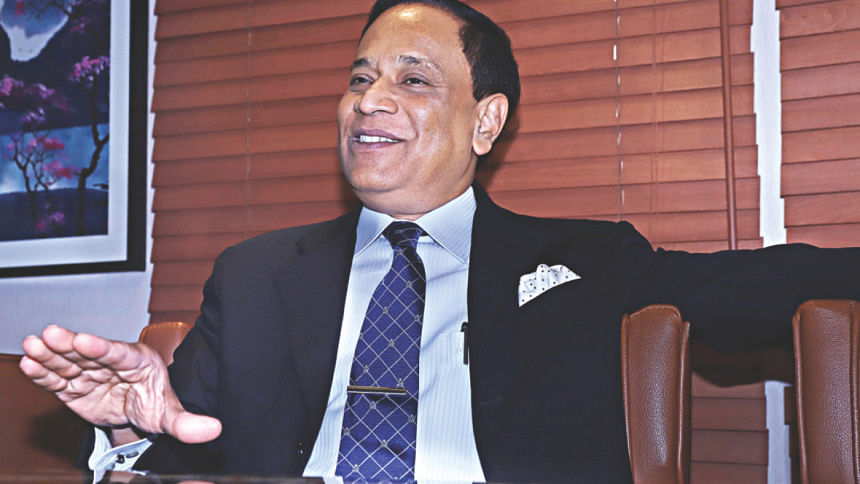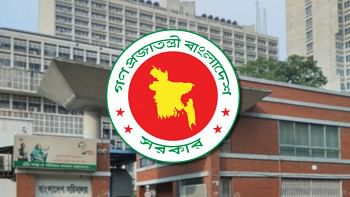More lenders should come up with low-cost home loans

More lenders should come up with low-cost home loan products to allow people, particularly those belonging to the middle-income group, to own apartments in Dhaka and its adjacent areas, said an entrepreneur.
Currently, four to five private lending agencies, some private banks, and a state-run agency extend home loans to customers mainly in the capital and some other divisional cities.
“But, the number of the lenders is too small compared to the huge number of customers across the country,” said Toufiq M Seraj, managing director of Sheltech (Pvt) Ltd, a leading realtor in Bangladesh.
“If new lenders come forward, more and more middle-income people will be able to buy apartments.”
The real estate entrepreneur, however, said the good news is that a greater number of middle-income people are buying flats in Dhaka thanks to favourable bank interest rates.
The real estate business suffered a blow after 2012 because of very high bank interest rates. Recently, the sector has started picking up on the back of falling cost of funds.
Interest rates now range between 8.50 percent and 9.50 percent, way lower than 18 percent and 19 percent that prevailed before 2016.
Seraj's comments came as his company celebrated its 30th anniversary last week.
The company started real estate business in 1988 and has since delivered 170 projects with 3,500 units in Dhaka. Another 500 units of apartments are under construction.
A pioneer in the real estate business in Bangladesh, Seraj said the middle-income group still has the opportunity to buy an apartment of 1,100 square feet at Tk 60 lakh depending on locations in the capital.
Apartment prices in some posh areas such as Gulshan, Banani, Dhanmondi, and Baridhara, however, are higher than those in other parts of the city.
Seraj said most realtors are building apartments of 1,100sft to 1,200sft mainly targeting the middle class, while flats above 1,500sft to 2,000sft are for wealthy buyers.
Some companies are constructing apartments with all civic amenities such as swimming pools, parks, education facilities, and hospitals.
According to Seraj, apartment prices in Dhaka are no less than those in the most expensive cities in the world because of a scarcity and high cost of land. “As a result, developers have to pay a huge sum to buy or lease the land.”
The costs of construction materials and labour have also gone up in the last few years, pushing up apartment prices in Dhaka, he said.
Seraj, who was a teacher at the Bangladesh University of Engineering and Technology before becoming a real estate entrepreneur, said the apartment business saw a major shift in 2007 due to a political changeover.
At the time, a lot of people started buying apartments even at higher prices mainly to hide their untaxed money, he said.
Seraj also touched upon some downsides of the growing sector.
“The sector is not well-regulated. As a result, customers are being cheated by a section of unscrupulous realtors,” he said.
The so-called real estate entrepreneurs take money from customers by making lucrative offers, but they don't hand over the products on time. The image of the sector is tainted by some bad companies, he said.
Currently, there are 1,200 members of the Real Estate & Housing Association of Bangladesh (REHAB). However, there are many developers that are not members of the trade body.
“The sector should be well-regulated so customers are not swindled,” said the former president of the REHAB.
He led the association for three consecutive terms between 2001 and 2006.
Seraj suggested the government develop Dhaka city with a vision for next 100 years as the number of people in the city is growing rapidly.

 For all latest news, follow The Daily Star's Google News channel.
For all latest news, follow The Daily Star's Google News channel. 



Comments